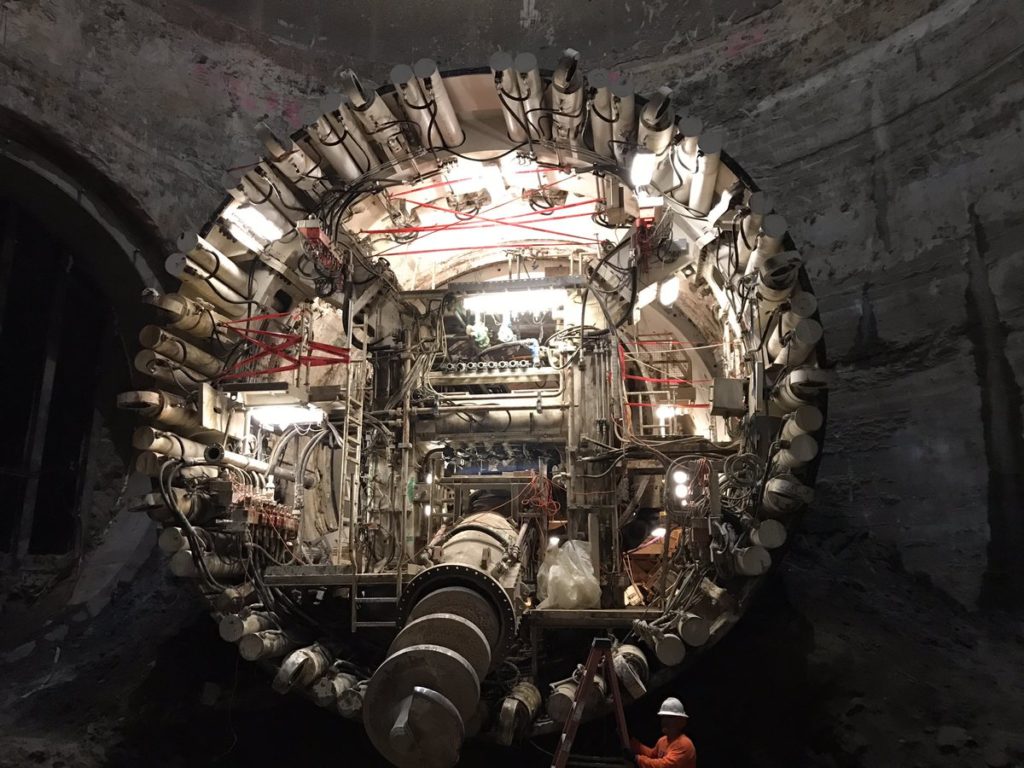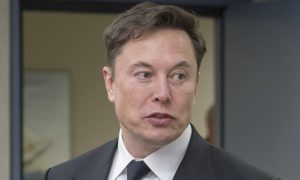News
Elon Musk’s new boring company aims to build 30 levels of tunnels for cars and Hyperloop
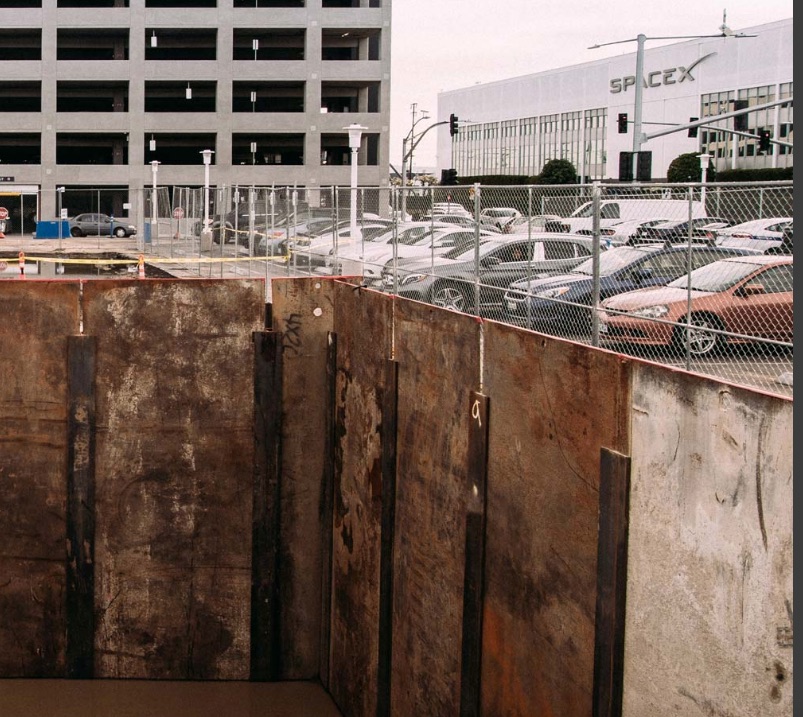
Elon Musk confirmed that he really is starting to a new tunneling company and as with many of his other side projects, it’s starting right there at SpaceX. He shed new light on the project yesterday in an interview with Bloomberg, announcing that the venture will be an independent venture aimed at building vast underground transportation networks for cars and high speed trains such as the Hyperloop.
What’s in a Name?
Musk’s sense of humor is evident in the list of potential names for the company, Elon even going so far as to consider trolling Toys “R” Us in suing: “My other idea was to call it Tunnels R Us and to essentially troll Toys “R” Us into filing a lawsuit,” the slightly deranged CEO cackled. In my mind, he’s channeling Mr. Burns from the Simpsons. “Now we’ve decided to troll AT&T instead! We’re going to call it American Tubes and Tunnels.”
Ultimately, he settled on The Boring Company which in and of itself is loaded with wordplay. Even the acronym is funny, rocking a big TBC, or To Be Continued, which is comical on more than a few levels with Musk always dreaming up, starting and delivering on yet another completely disruptive idea in a disparate industry.
To kick off this rather mundane company, Elon and SpaceX have a leader in charge but no full time staff though it has secured a domain over at BoringCompany.com.
New Details on The Dig
Elon shed some light on the team’s intentions with the original dig, stating that the only reason it started there is because they already own the land and wouldn’t need any additional permits to get started. In parallel to the on-site construction, a team is working to secure the necessary permits to extend the initial tear in the earth beyond the property lines of SpaceX.
The initial hole will evolve into a sort of ramp that will ultimately serve as the point of entry for a full sized boring machine to get down around 50 feet down which is necessary to avoid gas, sewer and other infrastructure that sits closer to the surface.
But where is it going? Musk and team have not shared any details on the actual destination of the tunnel. With Musk’s ideas and pension for getting things started, there’s likely a team of undergrad interns locked away in the basement of SpaceX mapping out the nuts and bolts of the tunneling solution including where this initial stretch will actually go.
To Infinity and Beyond
To get the project started and to really dig into the possibilities of tunnels, a used boring machine, dubbed Nessie, was purchased for pennies on the dollar, not so much to dig the hole, but to get the team grounded in the technology.
From there, Elon has full confidence that the speed of boring can be improved 5-10x which is based more on a first principles analysis of the technology than actual experience tunneling not that a lack of industry experience has ever stopped Elon in the past, having already transformed the online banking industry with Paypal, the entire automotive industry with Tesla and rocketry with SpaceX.
Disruption
Ever the mad scientist, Elon seems to thrive on change, seeing the possibility through the stagnation, or maybe because of it.
Looking more broadly at urban transportation, even Tesla + Hyperloop will have a tough time solving the problem if we are bound to the surface. Peeling back the crust reveals almost endless volumes of space to play with and Elon hopes to do just that, even talking of certain areas having 30 layers of tunnels which to the unimaginative minds of the masses is incomprehensible.
Whether or not Musk’s latest machination will make it off the property of SpaceX is yet to be seen but one thing is for certain – the fuse that is Elon Musk has been lit and he is going to make an honest effort at leveling up the way we get around town by taking us all underground.
Source: Bloomberg
News
SpaceX launches Ax-4 mission to the ISS with international crew
The SpaceX Falcon 9 launched Axiom’s Ax-4 mission to ISS. Ax-4 crew will conduct 60+ science experiments during a 14-day stay on the ISS.
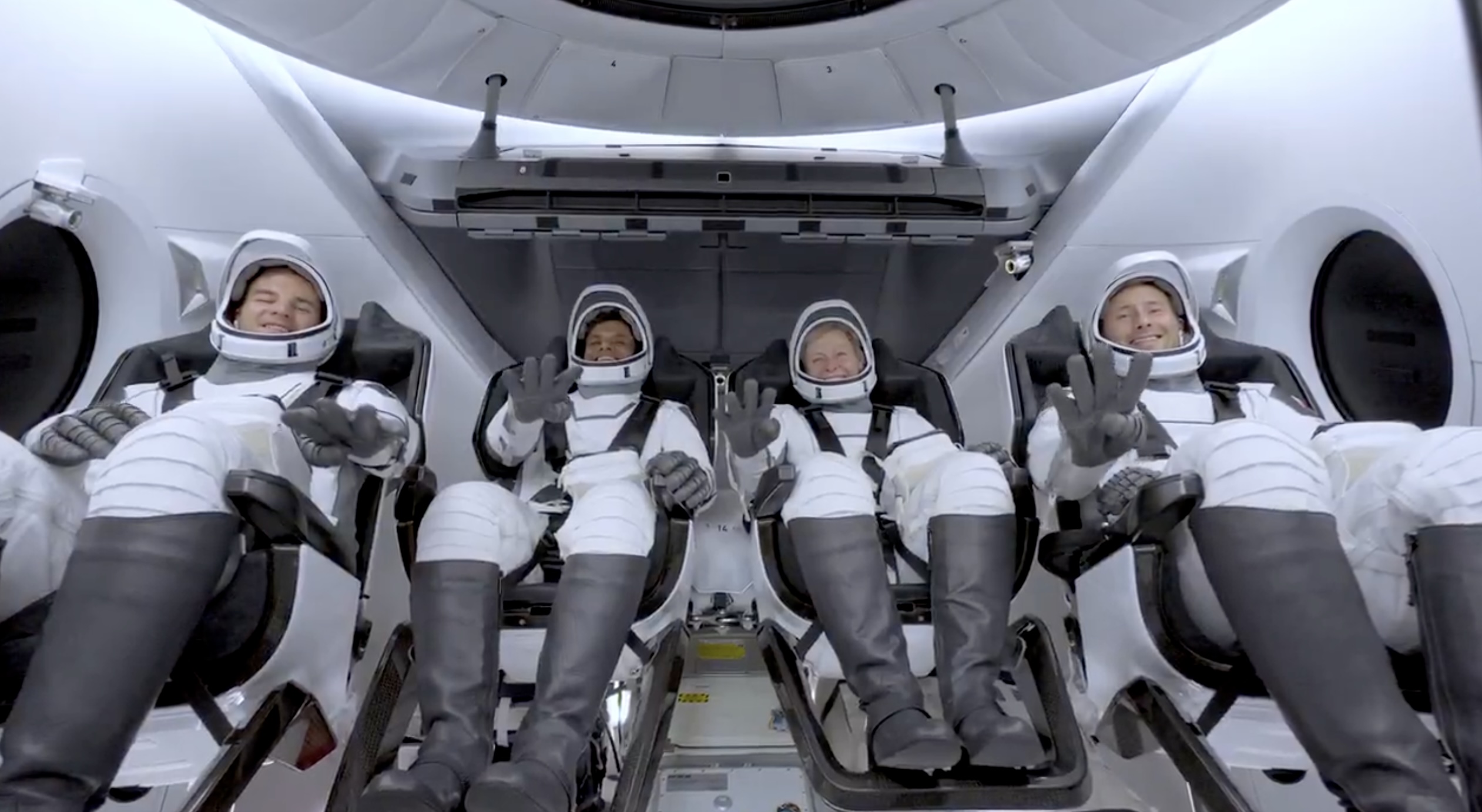
SpaceX launched the Falcon 9 rocket kickstarting Axiom Space’s Ax-4 mission to the International Space Station (ISS). Axiom’s Ax-4 mission is led by a historic international crew and lifted off from Kennedy Space Center’s Launch Complex 39A at 2:31 a.m. ET on June 25, 2025.
The Ax-4 crew is set to dock with the ISS around 7 a.m. ET on Thursday, June 26, 2025. Axiom Space, a Houston-based commercial space company, coordinated the mission with SpaceX for transportation and NASA for ISS access, with support from the European Space Agency and the astronauts’ governments.
The Ax-4 mission marks a milestone in global space collaboration. The Ax-4 crew, commanded by U.S. astronaut Peggy Whitson, includes Shubhanshu Shukla from India as the pilot, alongside mission specialists Sławosz Uznański-Wiśniewski from Poland and Tibor Kapu from Hungary.
“The trip marks the return to human spaceflight for those countries — their first government-sponsored flights in more than 40 years,” Axiom noted.
Shukla’s participation aligns with India’s Gaganyaan program planned for 2027. He is the first Indian astronaut to visit the ISS since Rakesh Sharma in 1984.
Axiom’s Ax-4 mission marks SpaceX’s 18th human spaceflight. The mission employs a Crew Dragon capsule atop a Falcon 9 rocket, designed with a launch escape system and “two-fault tolerant” for enhanced safety. The Axiom mission faced a few delays due to weather, a Falcon 9 leak, and an ISS Zvezda module leak investigation by NASA and Roscosmos before the recent successful launch.
As the crew prepares to execute its scientific objectives, SpaceX’s Ax-4 mission paves the way for a new era of inclusive space research, inspiring future generations and solidifying collaborative ties in the cosmos. During the Ax-4 crew’s 14-day stay in the ISS, the astronauts will conduct nearly 60 experiments.
“We’ll be conducting research that spans biology, material, and physical sciences as well as technology demonstrations,” said Whitson. “We’ll also be engaging with students around the world, sharing our experience and inspiring the next generation of explorers.”
SpaceX’s Ax-4 mission highlights Axiom’s role in advancing commercial spaceflight and fostering international partnerships. The mission strengthens global space exploration efforts by enabling historic spaceflight returns for India, Poland, and Hungary.
News
Watch the first true Tesla Robotaxi intervention by safety monitor
Watch the first Tesla Robotaxi intervention by a safety monitor.
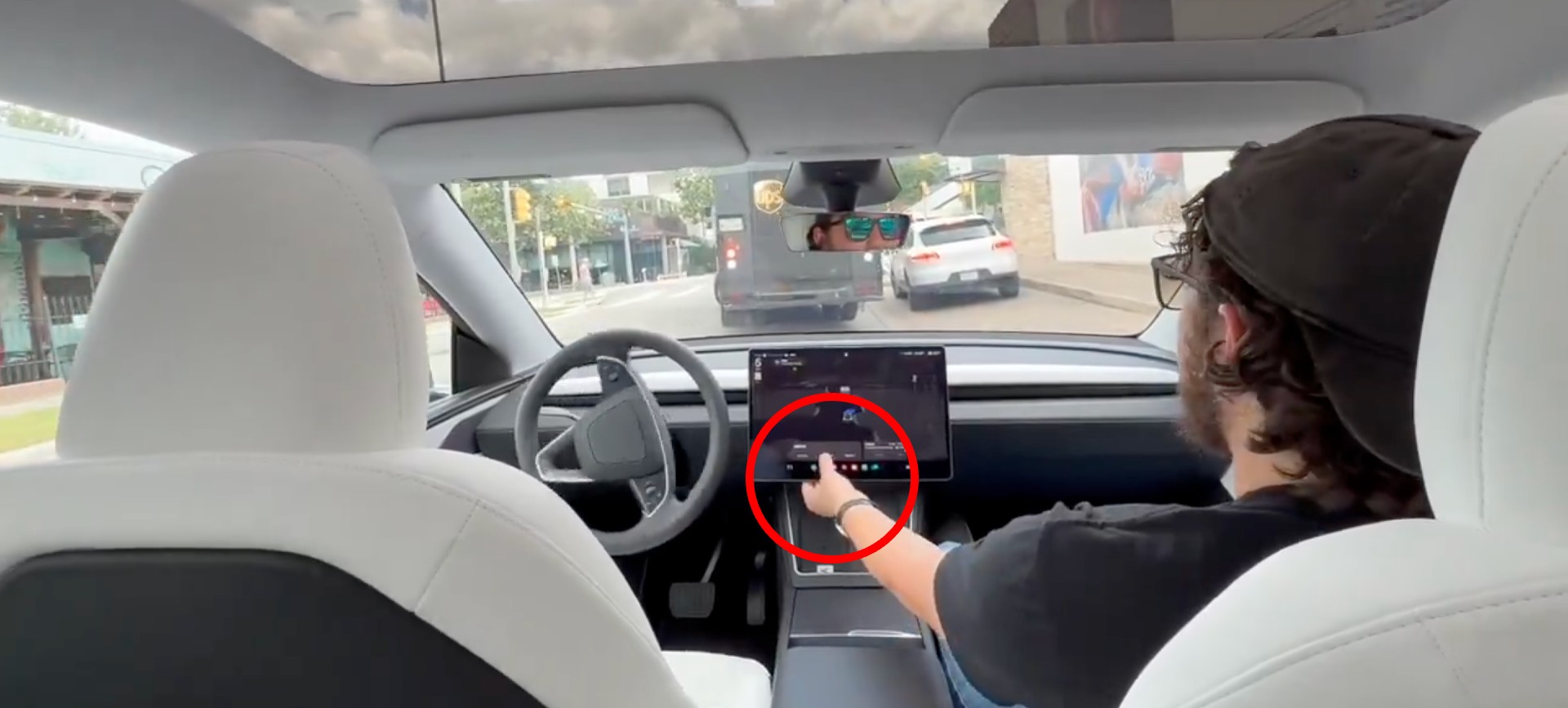
Nearly 60 hours into the launch of the Tesla Robotaxi platform, it appears we have our first true intervention that required the in-car safety monitor to intervene.
We’ve seen and heard about a handful of minor issues with the Robotaxi fleet thus far, one of which included a risky, but very human-like behavior of navigating across yellow lines to a turn lane after missing a turn.
While that is not necessarily a legal maneuver, it is something that you’d see commonly from human drivers, and although aggressive, it is sometimes reasonable to perform depending on traffic conditions.
For what it’s worth, the car seemed very confused by the situation, and while the safety monitor did not get involved and the car handled the situation with no real issue, it is something as a rider you’d like to see less of.
First Look at Tesla’s Robotaxi App: features, design, and more
As previously stated, that specific example did not require any intervention by a safety monitor. On Tuesday, we saw a video of the first true intervention that required the safety monitor who sits in the passenger seat to intervene by pressing a button on the center touchscreen.
During a ride that Tesla investor and YouTuber Dave Lee was taking in Austin in a Robotaxi, the vehicle seemed to get a little confused by a UPS truck that was parallel parking in front of it. The monitor pressed the “Stop in Lane” button on the touchscreen:
This is the first intervention we’ve seen with Robotaxi (via @heydave7): https://t.co/5mp431Z5P8 pic.twitter.com/B9ji3iLa3a
— TESLARATI (@Teslarati) June 24, 2025
This appears to be one of the first errors shared by Tesla Robotaxi Early Access Program users that required the monitor to actually intervene. We have not seen any of it yet. You could also see the UPS truck is also a bit at fault here, as the space it pulled into did not seem even remotely large enough to fit the entire vehicle.
The car may not have anticipated that the truck would park there. You can see how the UPS truck was parked below, and it seems reasonable that the Tesla might not have thought it would attempt to fit there:
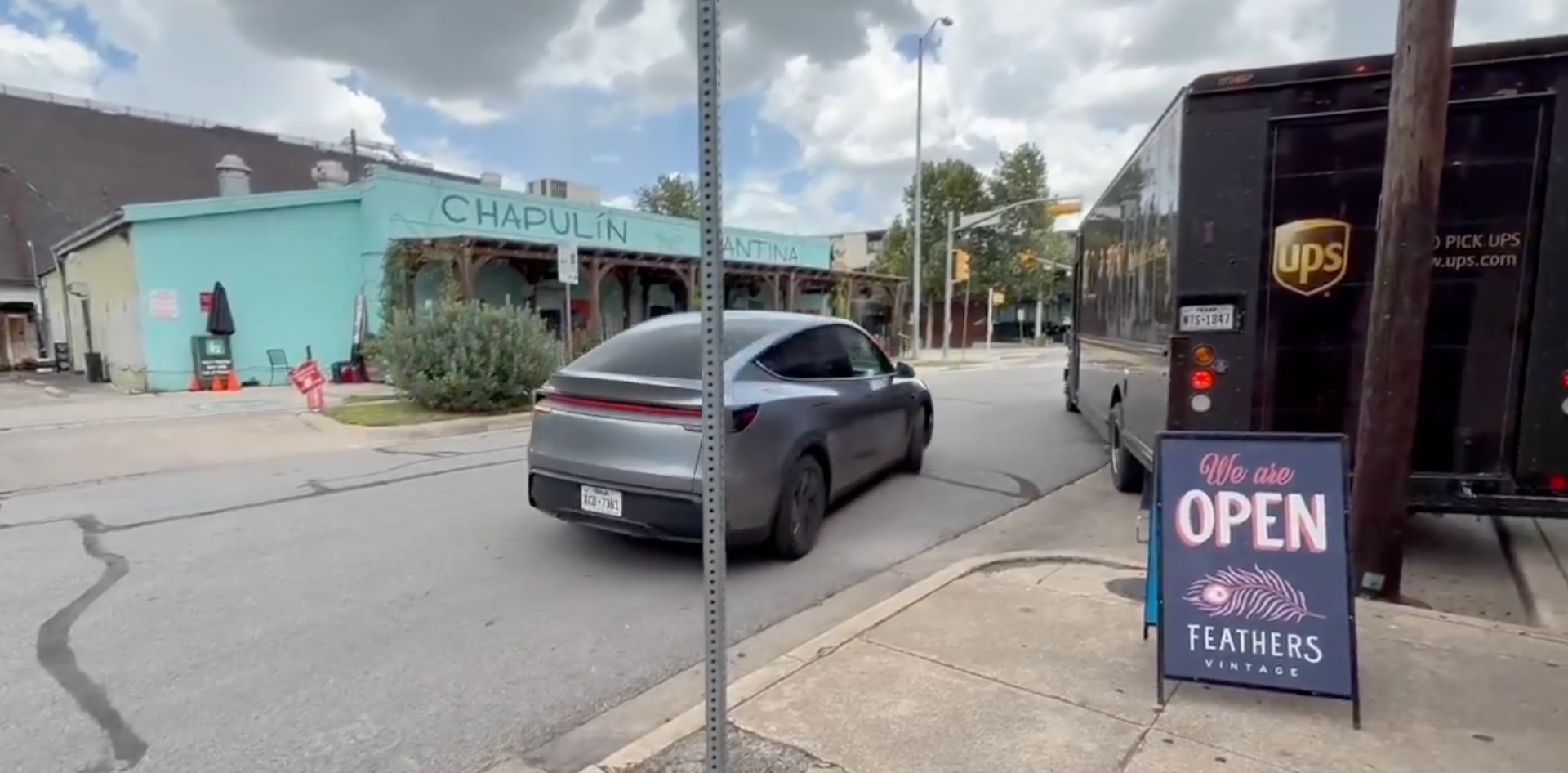
Credit: Dave Lee
The Model Y’s steering wheel was also turning sharply right into this spot, it appears. Dave ended his ride here, and stated that this was his dropoff spot. The UPS truck might have just cut off the Tesla, which led to the intervention.
It is a testament to Tesla’s strategy with this Robotaxi rollout. The company is obviously confident enough in the Full Self-Driving suite that it does not feel a human needs to be in the driver’s seat. However, it is still requiring someone, as of now, to sit in the passenger’s seat for instances just like this one.
Safety is the company’s priority with the launch of Robotaxi, and CEO Elon Musk has reiterated that. It is expected that we’d eventually see some kind of intervention that requires a monitor to step in. Everyone was safe.
Obviously, these things happen with autonomous vehicles. We’ve seen Waymos get stuck at intersections in very strange scenarios at times:
Waymo turned into oncoming traffic on the way to work.
It sat there confused for 45 seconds with its hazards on.
Then it proceeded to back up into oncoming traffic.
And they’re about to let these guys on the freeway 😂 pic.twitter.com/ZLRKx2loo1
— Jake Glaser | LA Multifamily (@LAMultiBroker) January 31, 2025
It is proof that autonomous tech is still in a growth phase and engineers are still learning about its capabilities. Tesla and other companies will learn from these rare cases and become better companies, and offer safer technologies because of it.
News
Tesla removed from Charlotte’s approved EV list due to ‘safety issues’
City reps say it’s not because of Elon Musk’s political involvement, but instead because of safety issues.
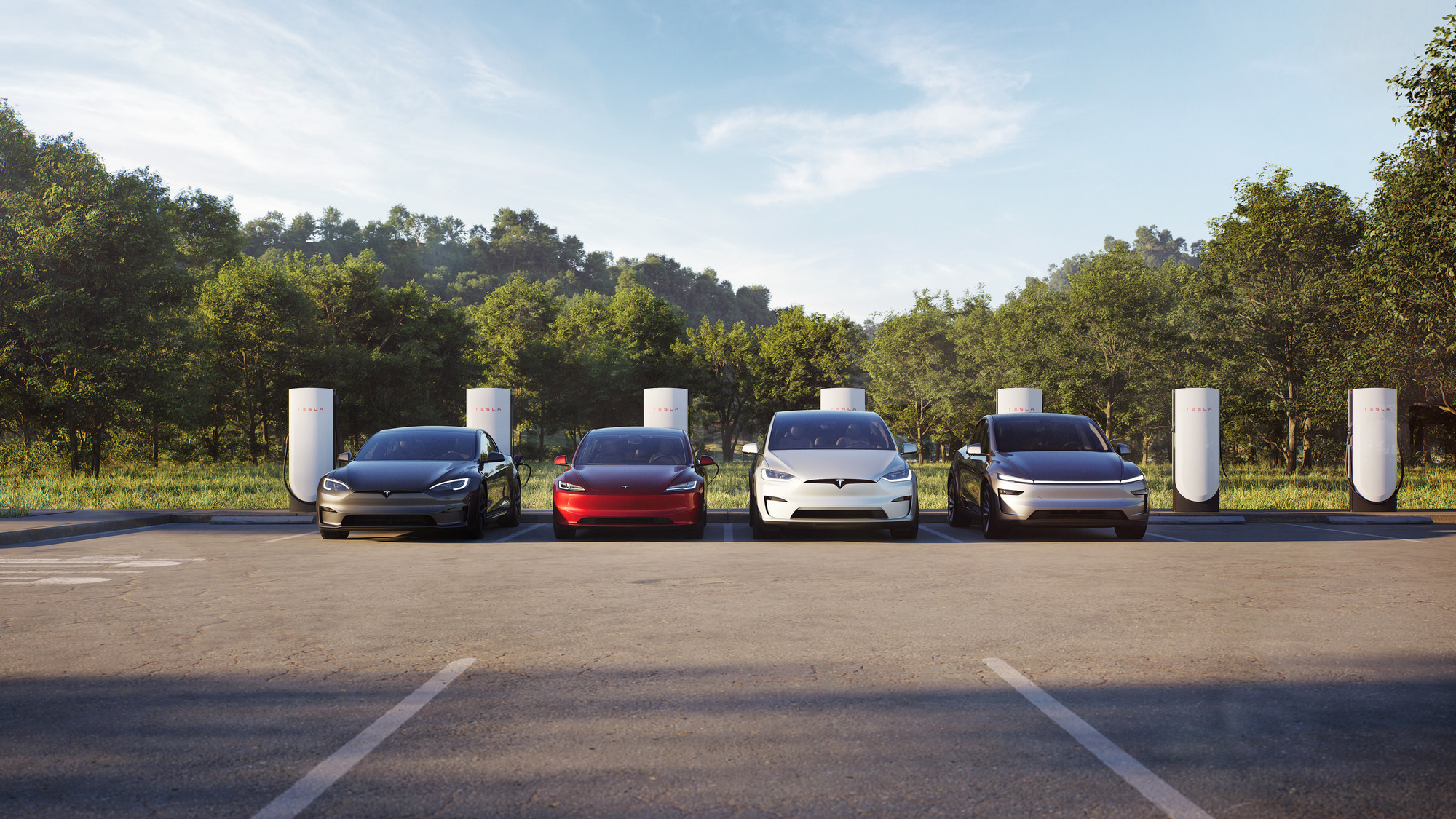
Tesla has been removed from the Charlotte, North Carolina, City Council’s list of pre-approved electric vehicles that the city can purchase.
It’s not because of Elon Musk, Democratic council member LaWana Mayfield said, who urged her colleagues to remove Tesla. Instead, she claims it is because of “safety issues.”
She said (via WFAE):
“So it is not just the particular owner of this product. It is the fact that this product has been in multiple lawsuits because of safety issues, and there are multiple concerns.”
Recent data from Tesla shows that its vehicles are about half as likely to be involved in an accident when being driven normally. When Autopilot technology is used, it is about ten times safer than the average driver in the U.S., statistically.
Tesla Vehicle Safety Report shows Autopilot is 10x better than humans
Republican City Council member Ed Driggs stood up for Tesla, saying that:
“I think we just set a dangerous precedent if we have reasons that aren’t related to the cost and the performance of purchased items for excluding them. We already have Teslas in the fleet.”
If they’re so dangerous, why are they already in the fleet?
The NHTSA also shows that Ford is the most recalled car company in 2025, with 81 total recalls. Tesla has just five for the year.
Driggs said to Mayfield during the meeting:
“We are not identifying names on this list. You are singling out one name on this list for political reasons. You don’t have enough data on Tesla compared to the other car companies to suggest they shouldn’t be here. I object to trying to disguise this as anything other than a politically motivated desire to not have this name on this list.”
Tesla was successfully removed by a 6-3 vote. Democrats Danté Anderson, Malcolm Graham, Renee Johnson, Victoria Watlington, and Tiawana Brown supported Tesla’s removal. Republican Edwin Peacock, along with Driggs and Democrat Dimple Ajmera, all voted no on removing Tesla.
The City of Charlotte will buy 45 new electric vehicles, and Teslas would likely be the best option. Many local law enforcement agencies across the U.S. have utilized them and have shown that the vehicles contribute to massive maintenance and cost of ownership reductions due to the lack of overall upkeep.
Tesla police fleet is saving taxpayers $80k per year on fuel costs: report
This is not the first time that a city in the U.S. has chosen to go in a different direction with its EV fleet plans. Tesla was chosen over Ford by the City of Baltimore for a $5 million expenditure that would bolster its fleet with EVs.
However, earlier this year, Baltimore said it “decided to go in a different direction,” and although it was not directly confirmed, the move seemed to be political.
-
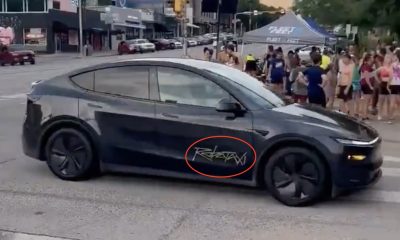
 News2 weeks ago
News2 weeks agoFirst Tesla driverless robotaxi spotted in the wild in Austin, TX
-
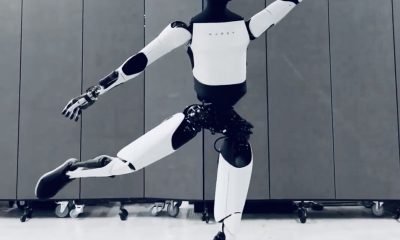
 Elon Musk2 weeks ago
Elon Musk2 weeks agoTesla sues former Optimus engineer for stealing trade secrets
-
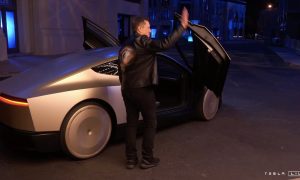
 Elon Musk2 weeks ago
Elon Musk2 weeks agoTesla CEO Elon Musk reveals new details about Robotaxi rollout
-

 News2 weeks ago
News2 weeks agoSpaceX produces its 10 millionth Starlink kit
-
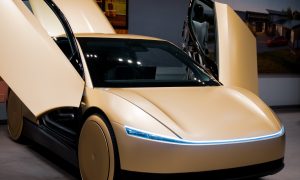
 News2 weeks ago
News2 weeks agoTesla Robotaxi just got a big benefit from the U.S. government
-

 News2 weeks ago
News2 weeks agoTesla launches new Model S and Model X, and the changes are slim
-

 News1 week ago
News1 week agoTesla confirms massive hardware change for autonomy improvement
-

 News2 weeks ago
News2 weeks agoTesla Model Y proudly takes its place as China’s best-selling SUV in May

